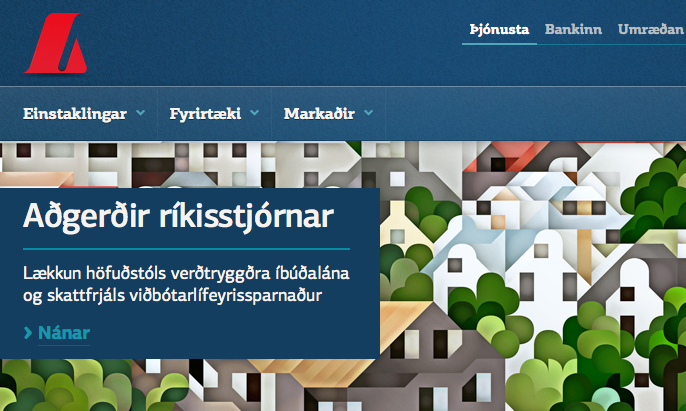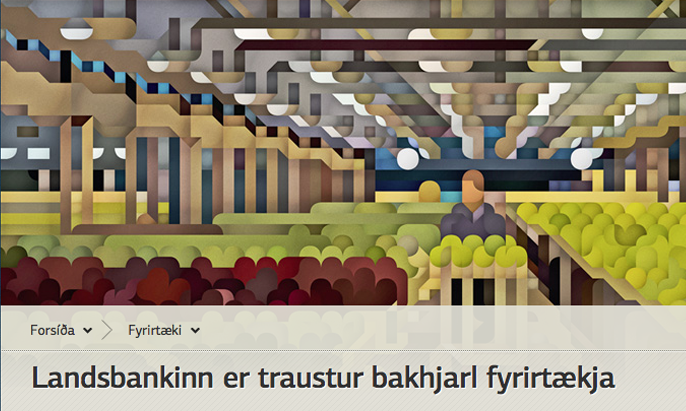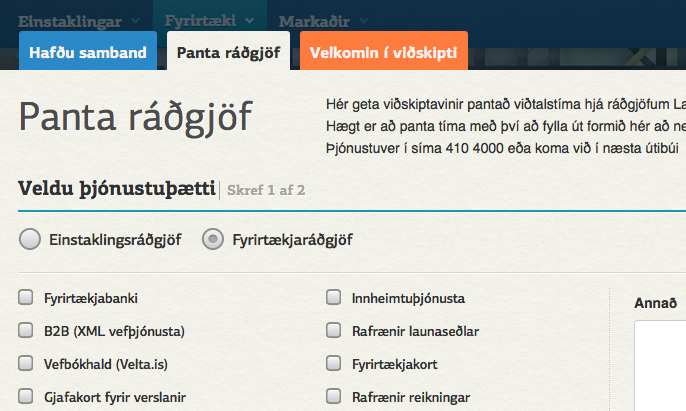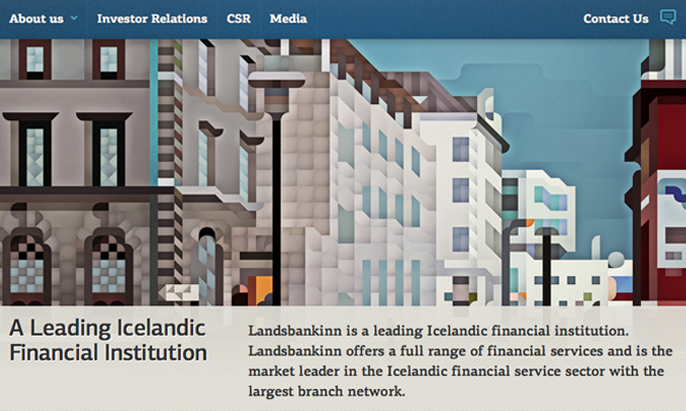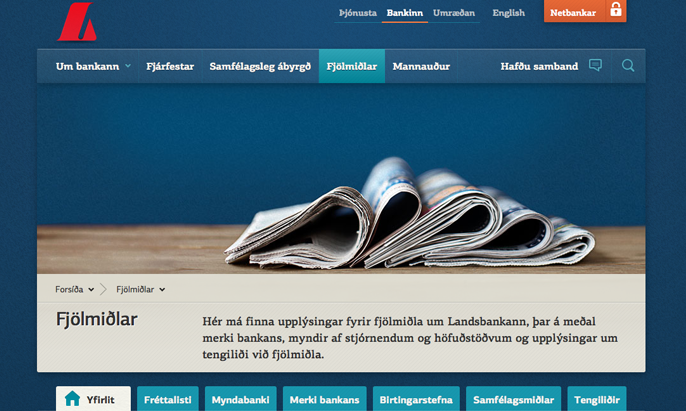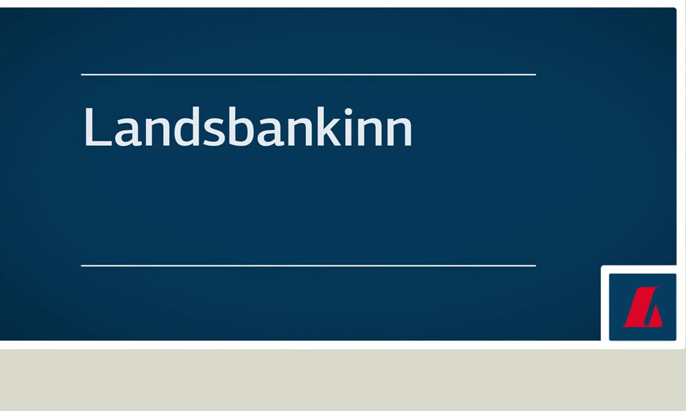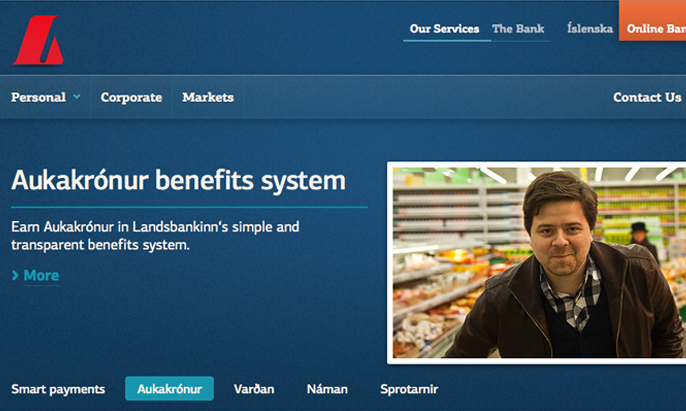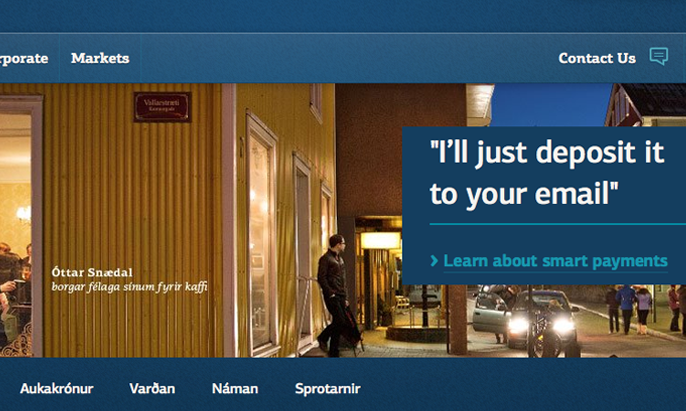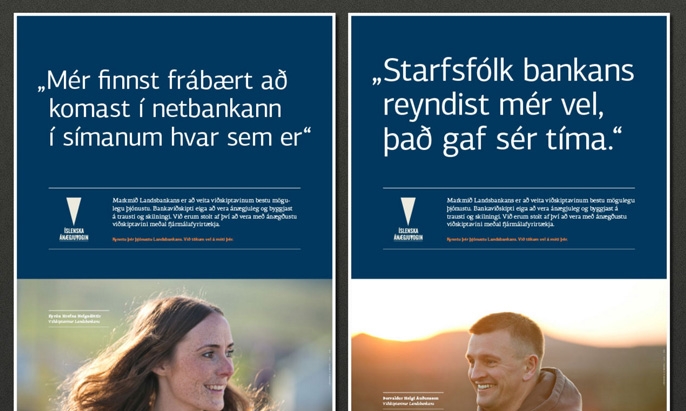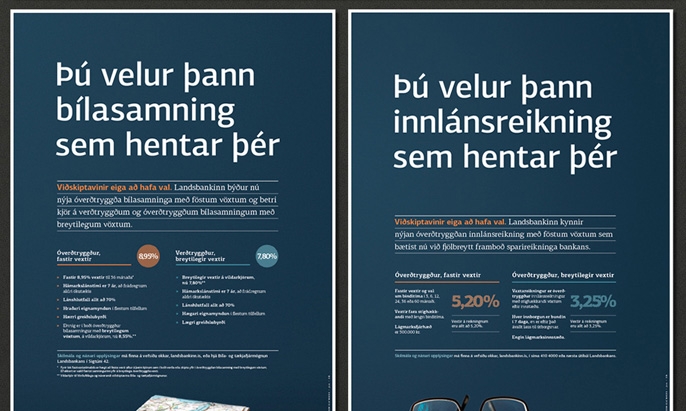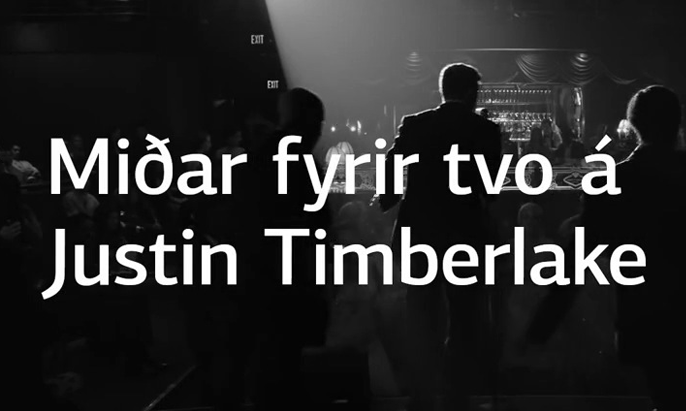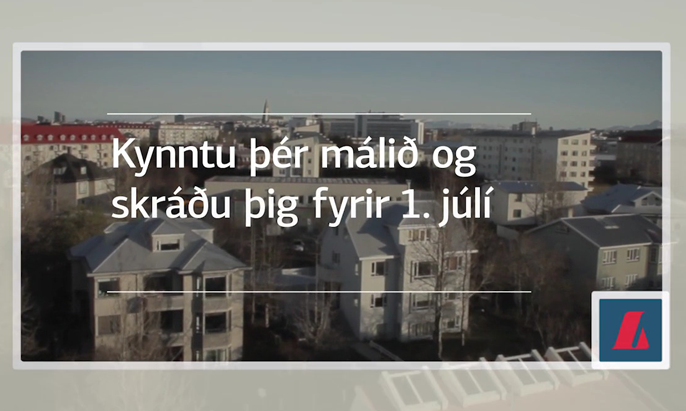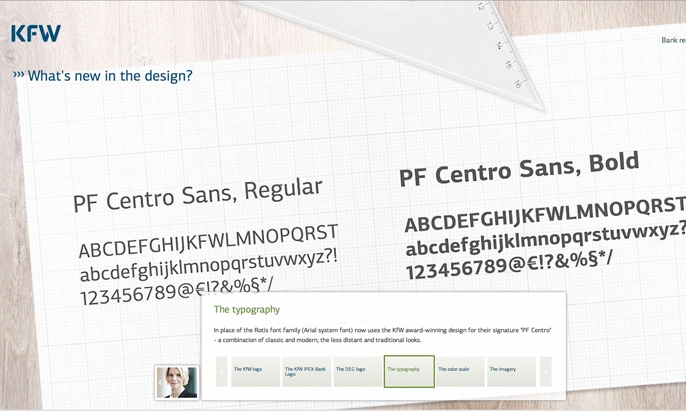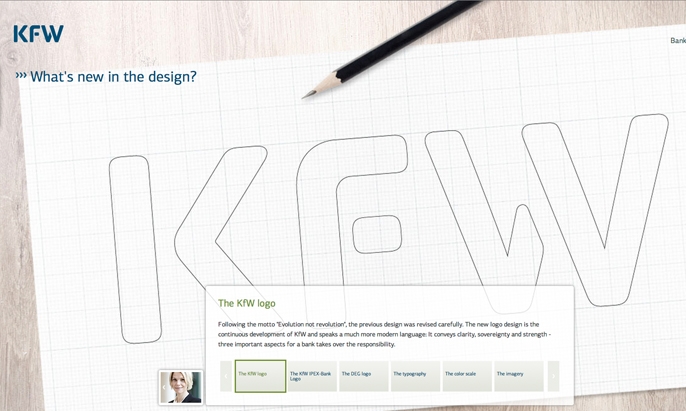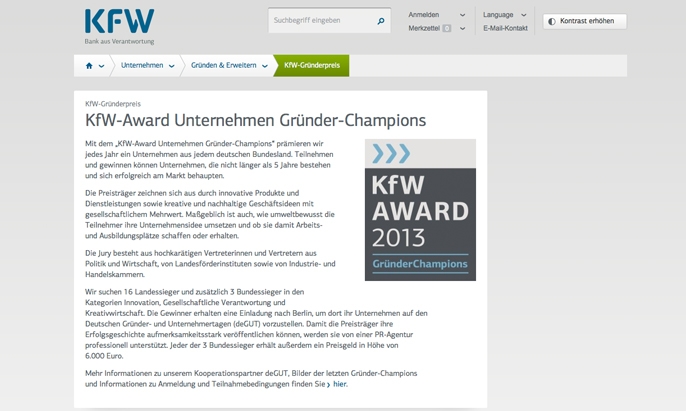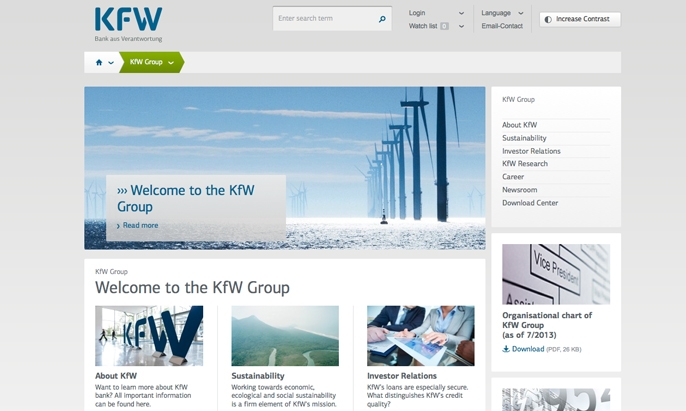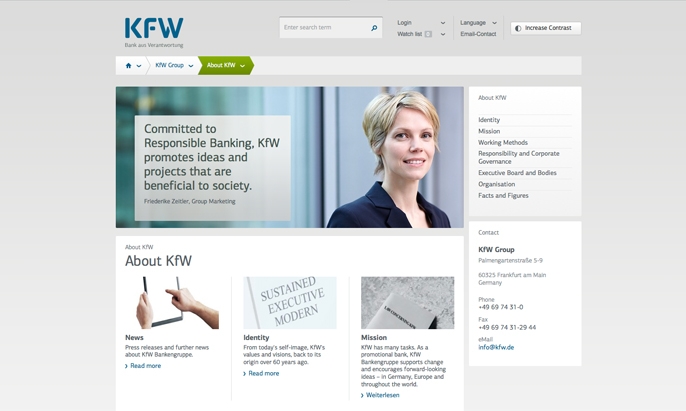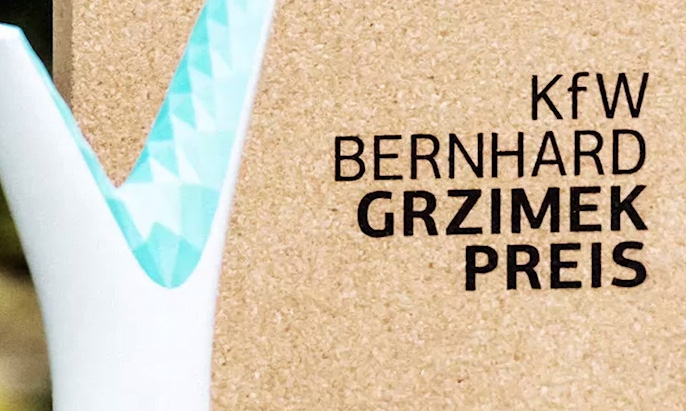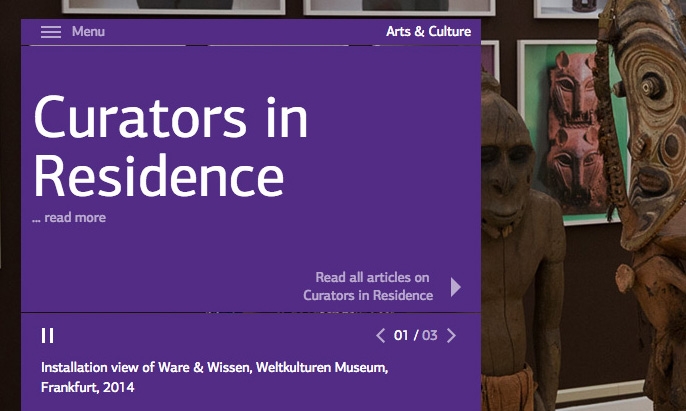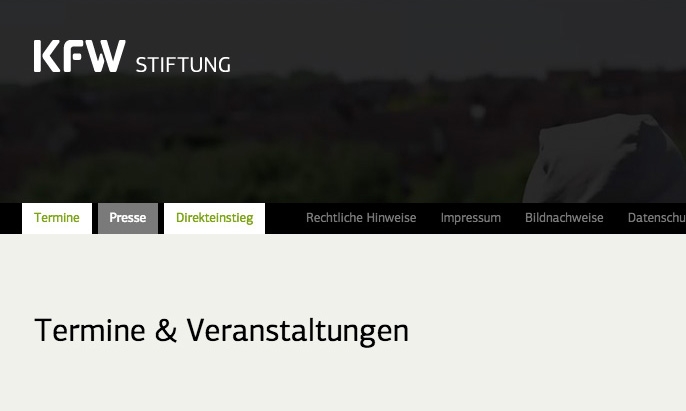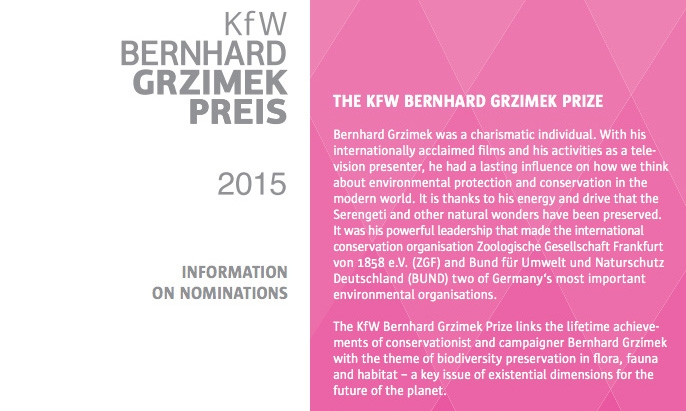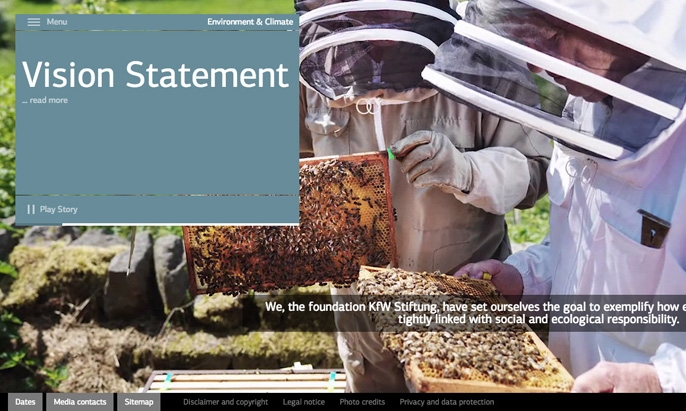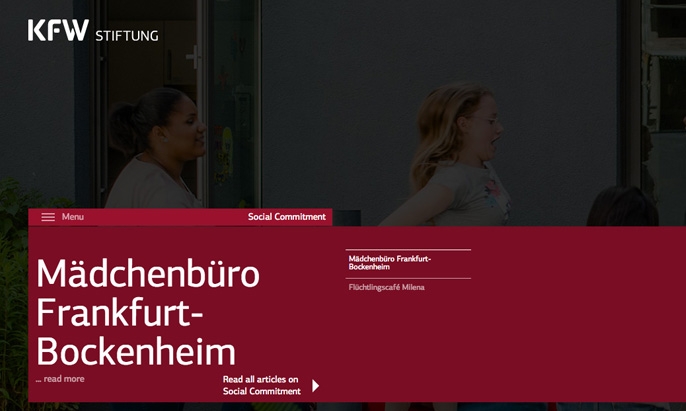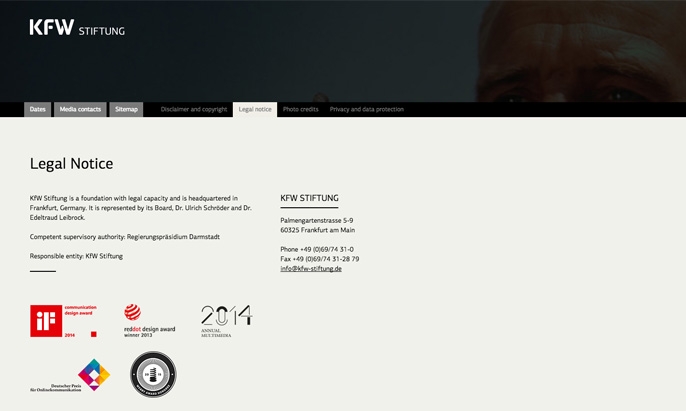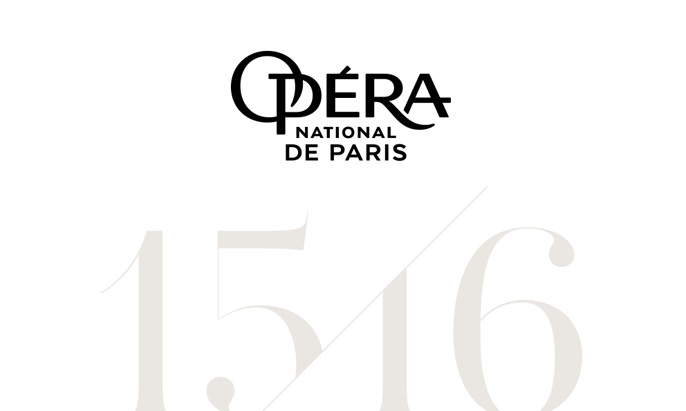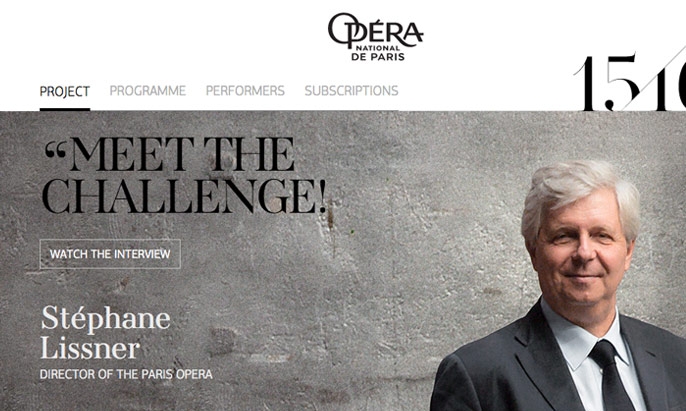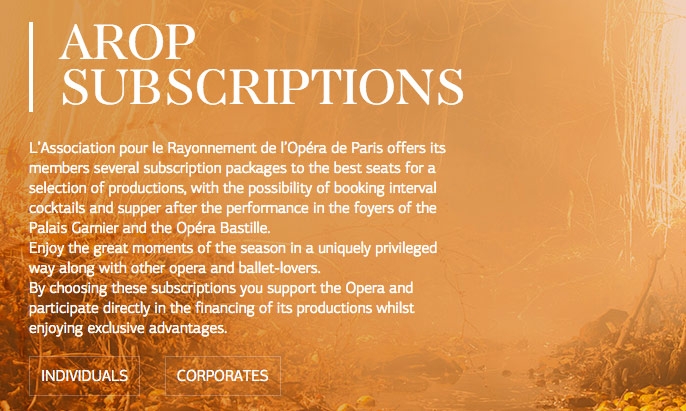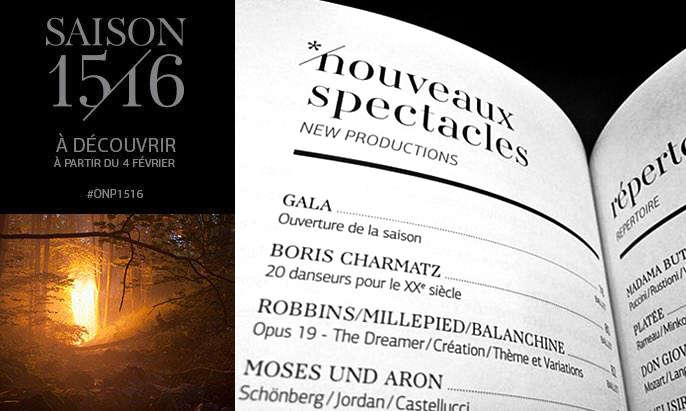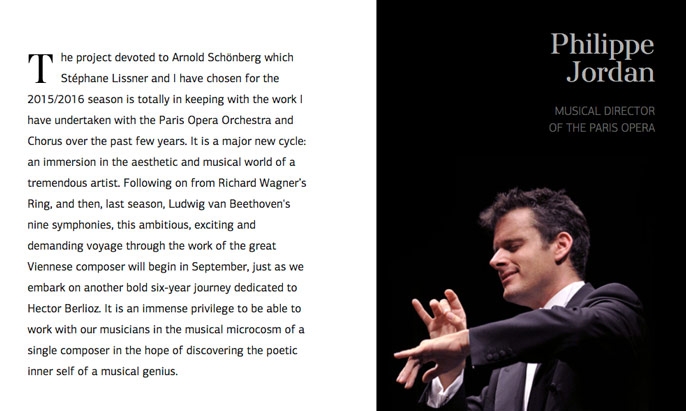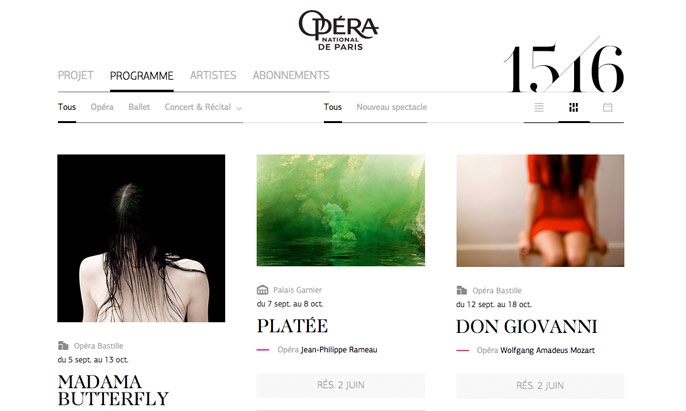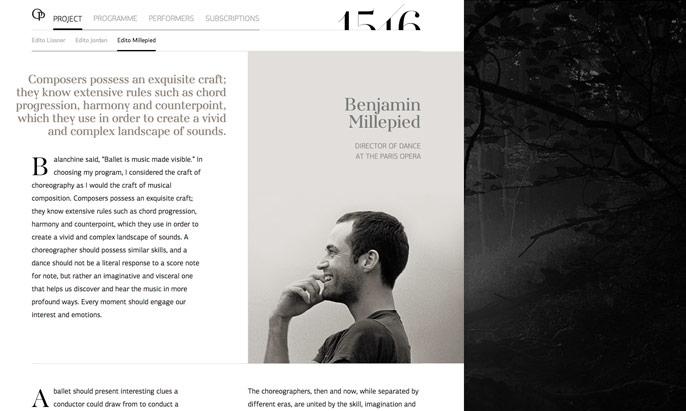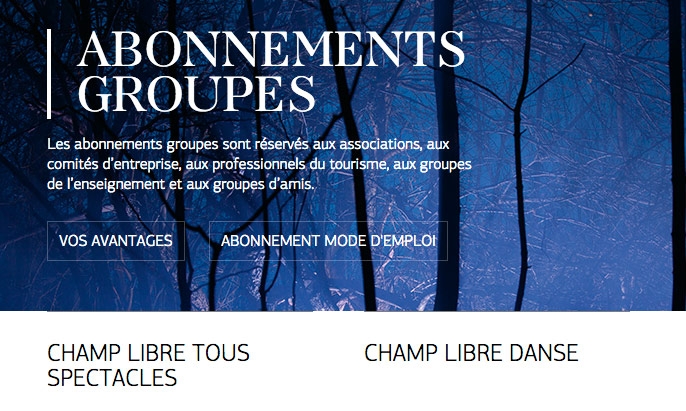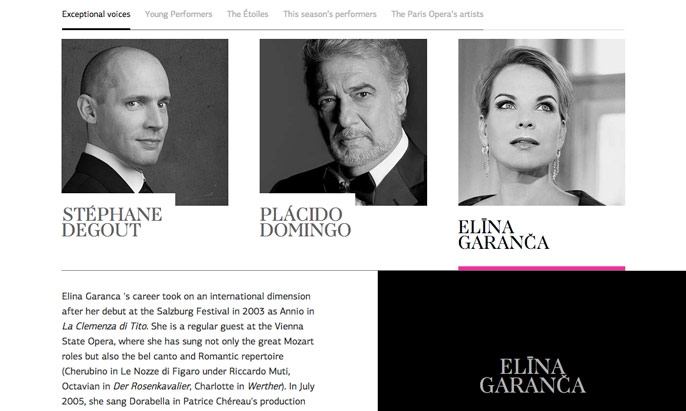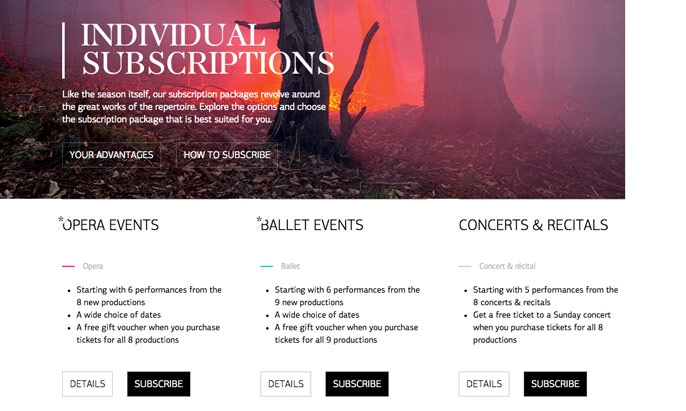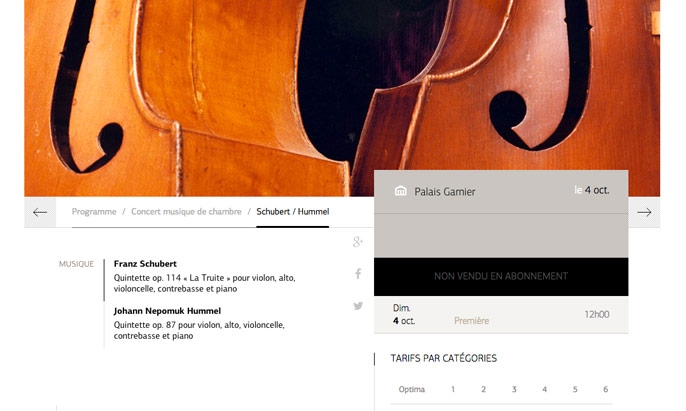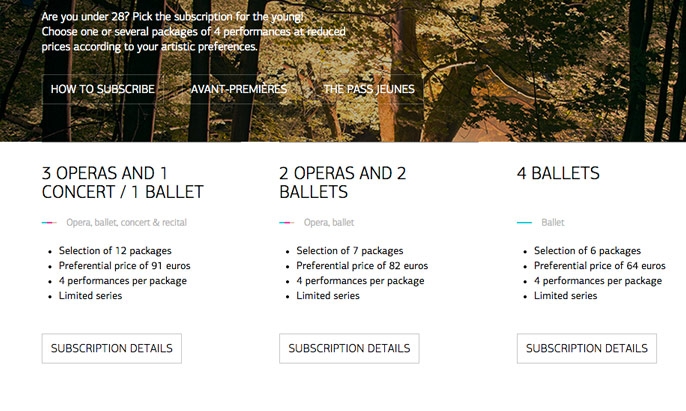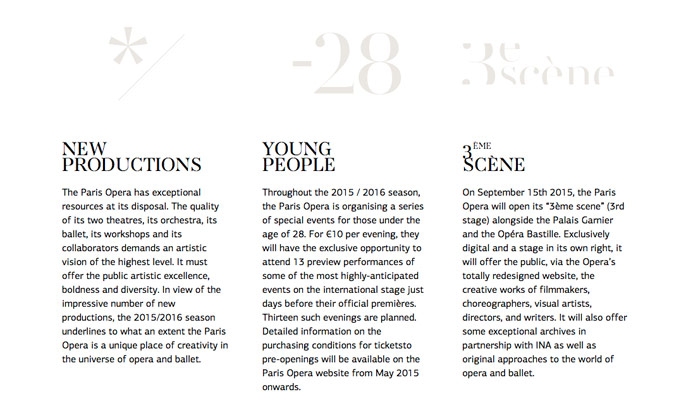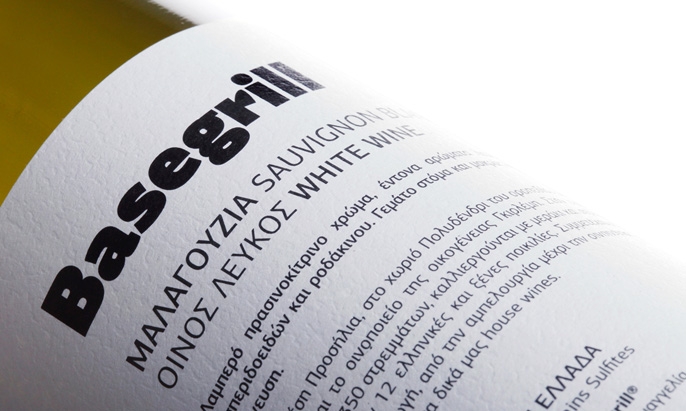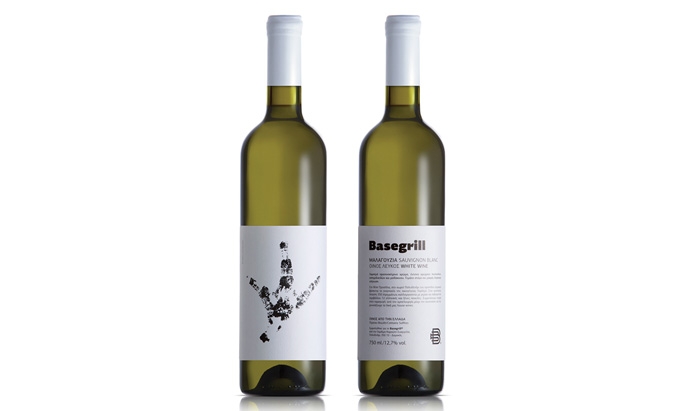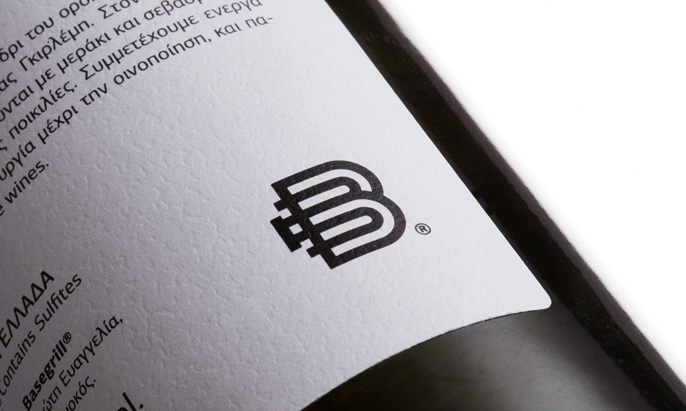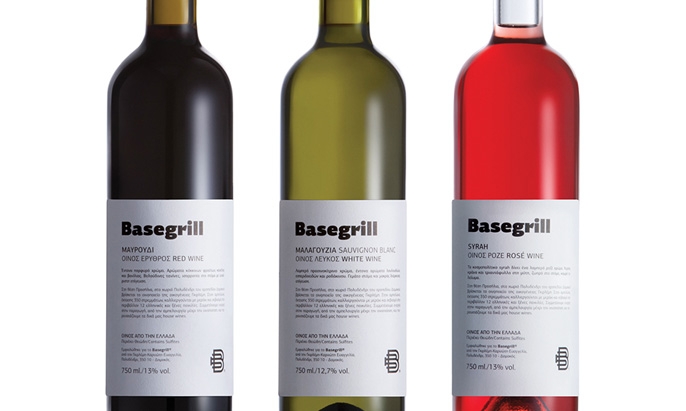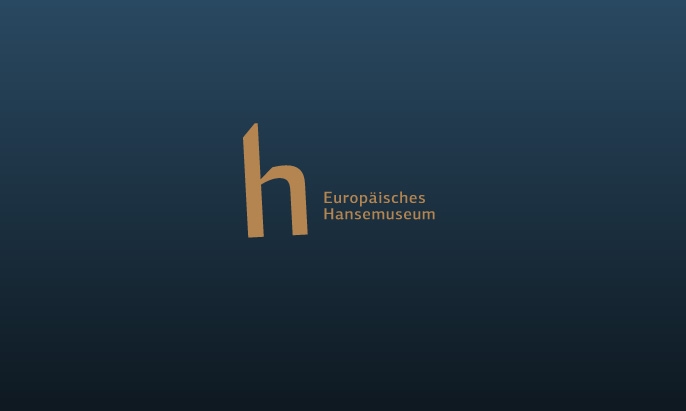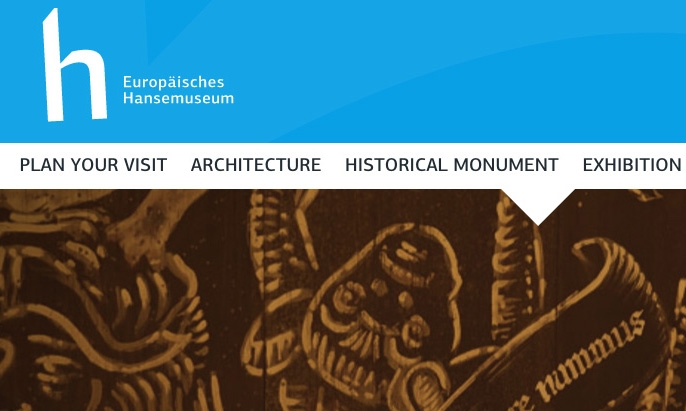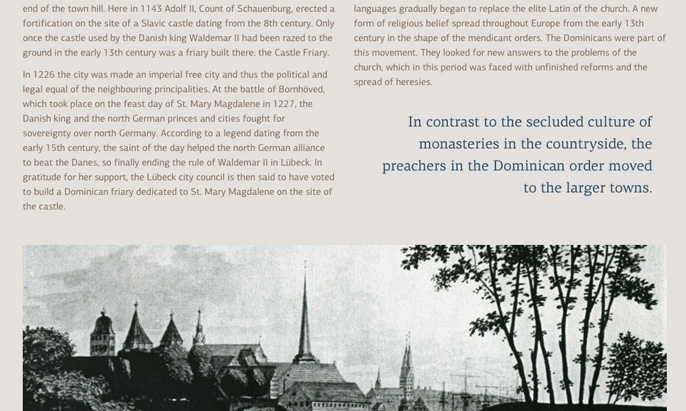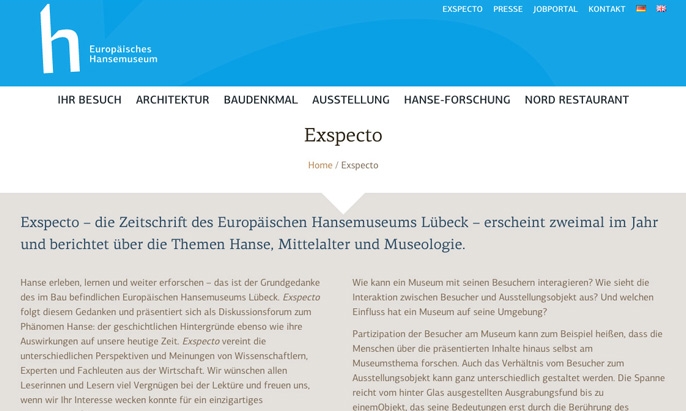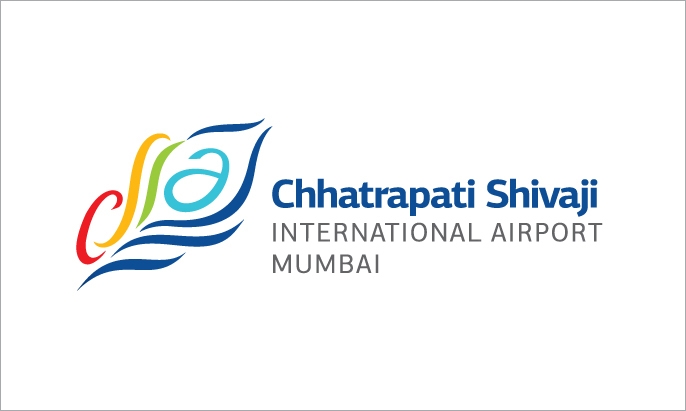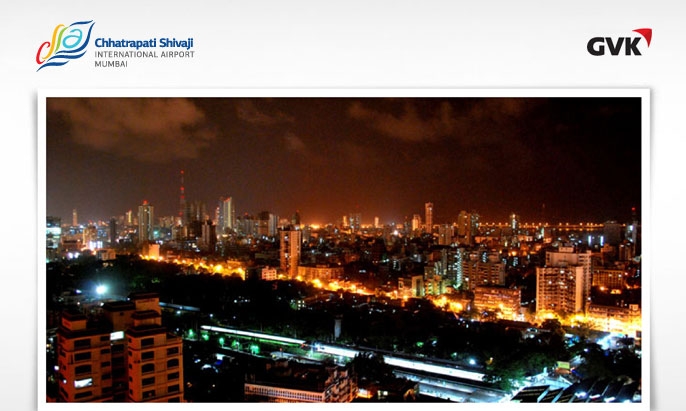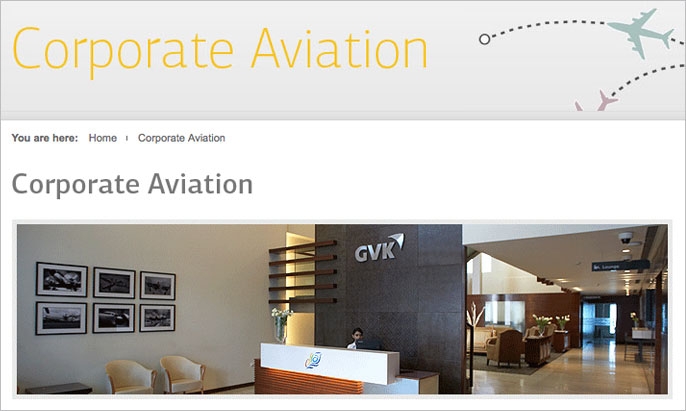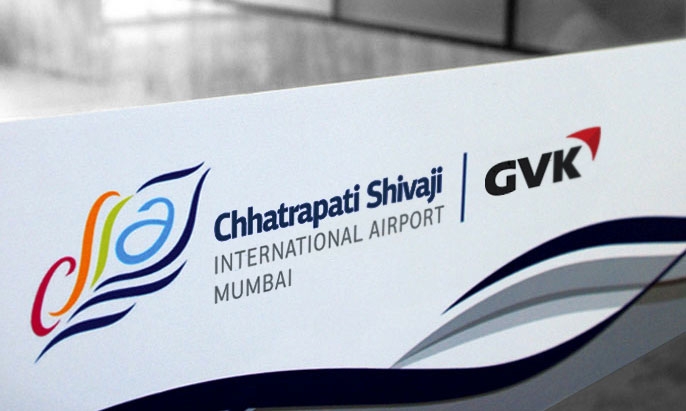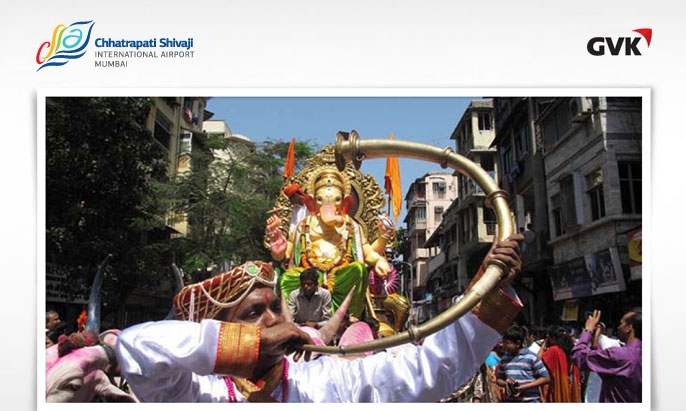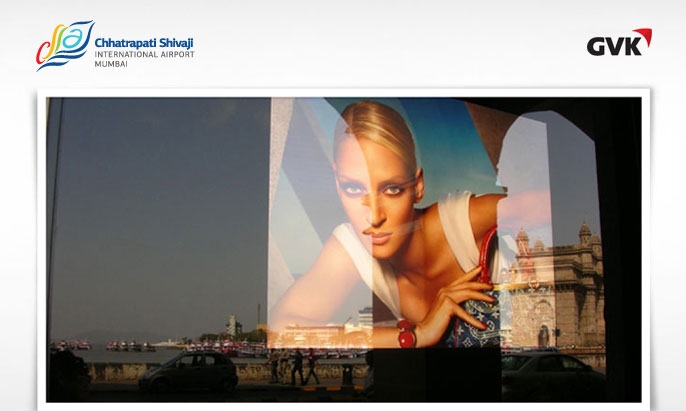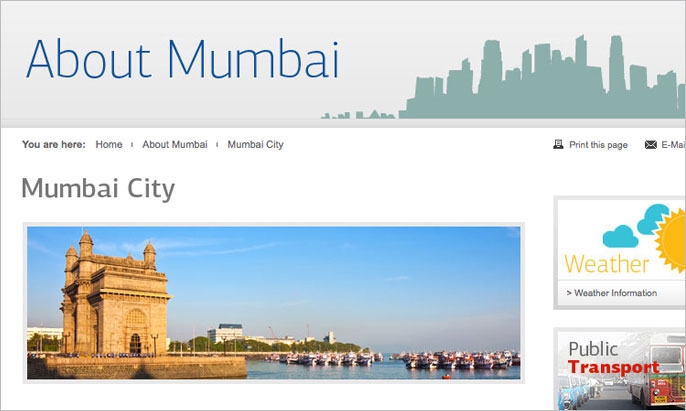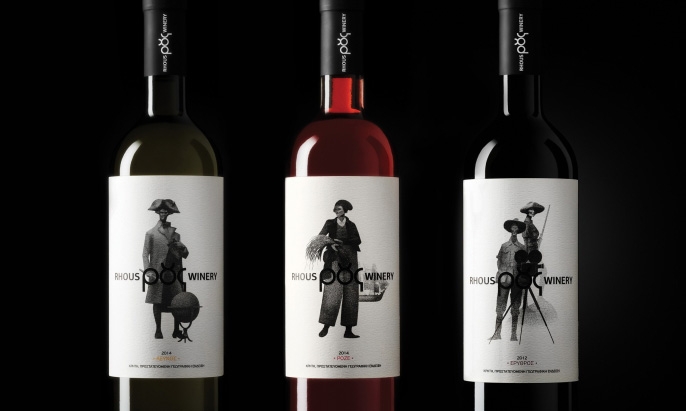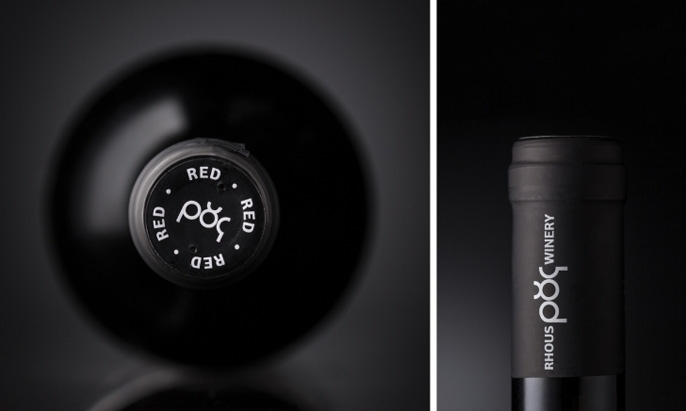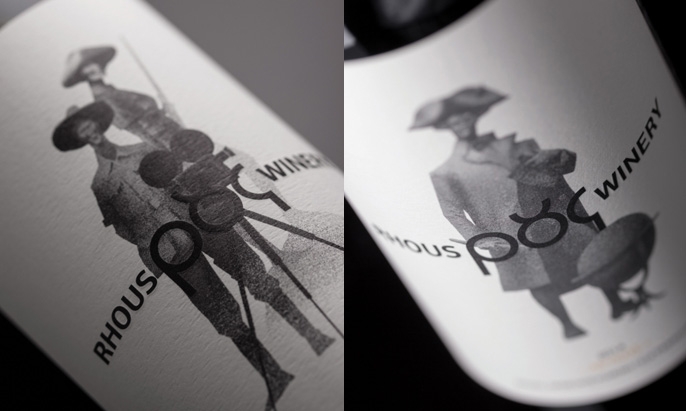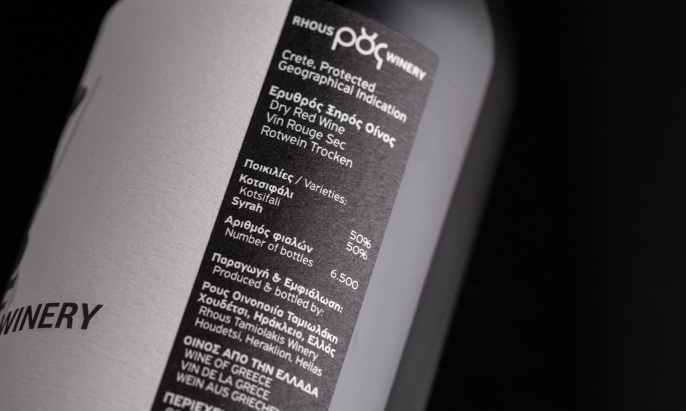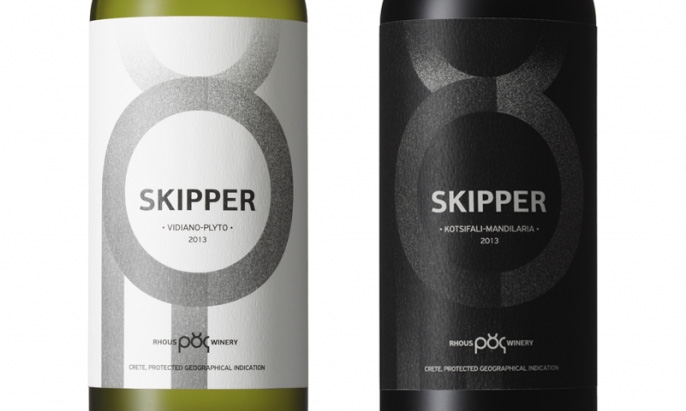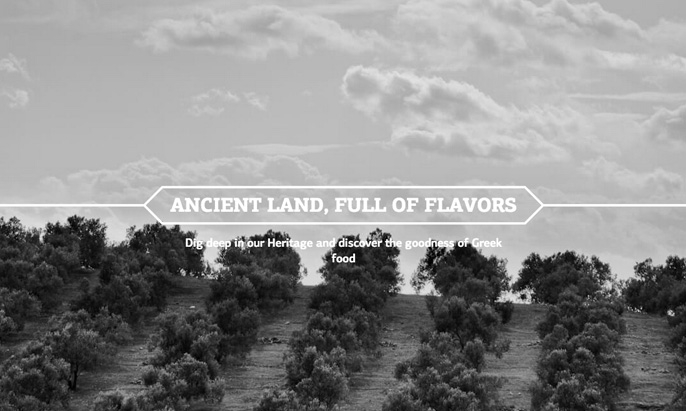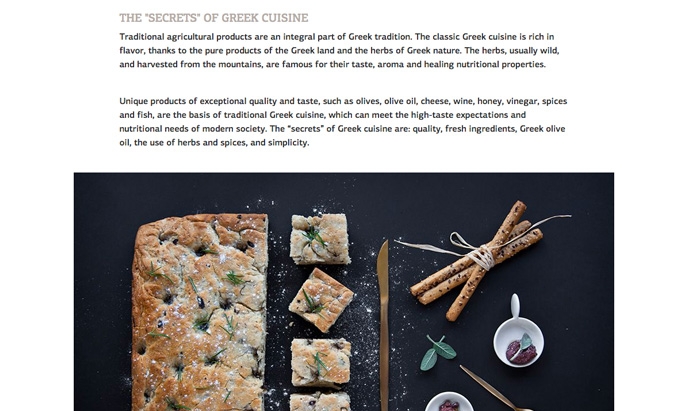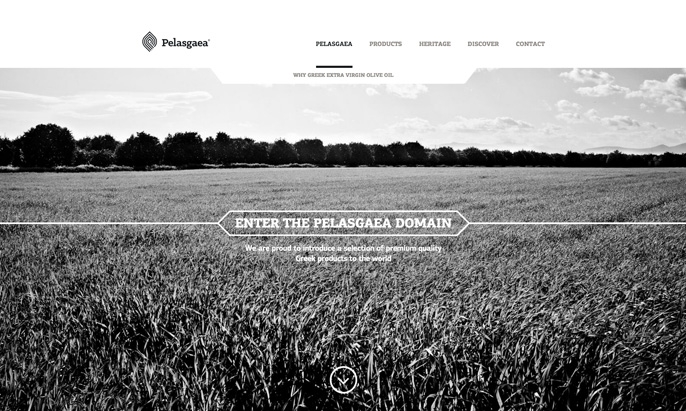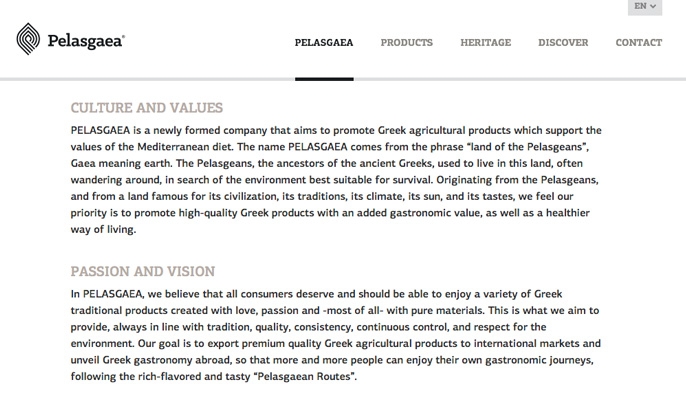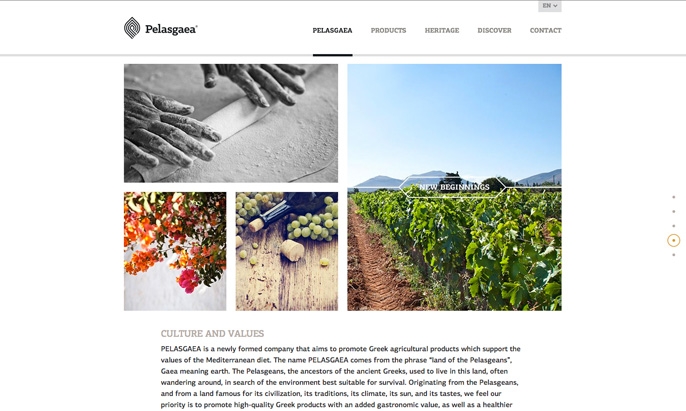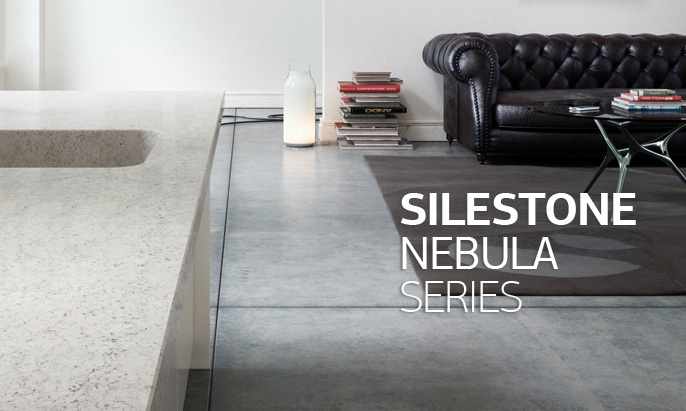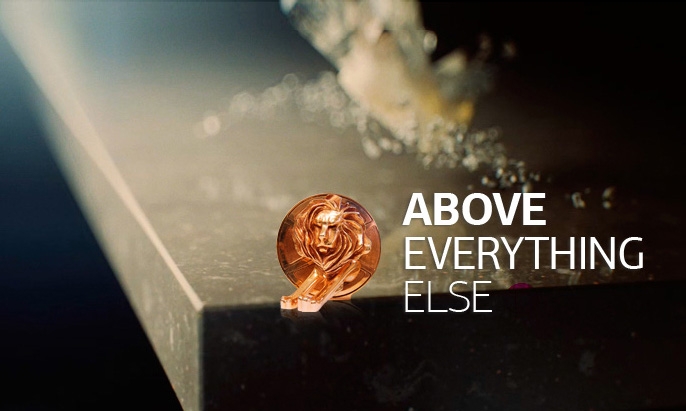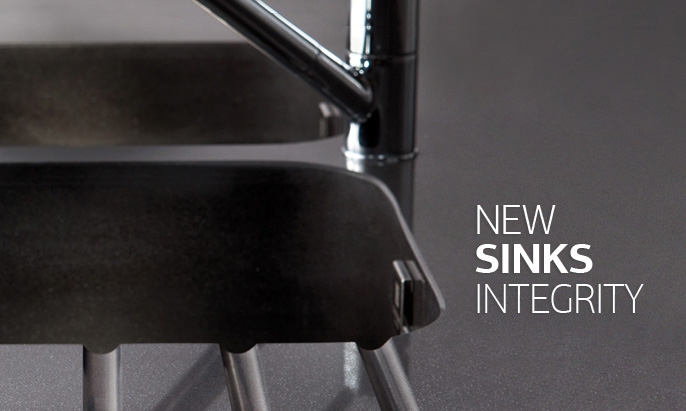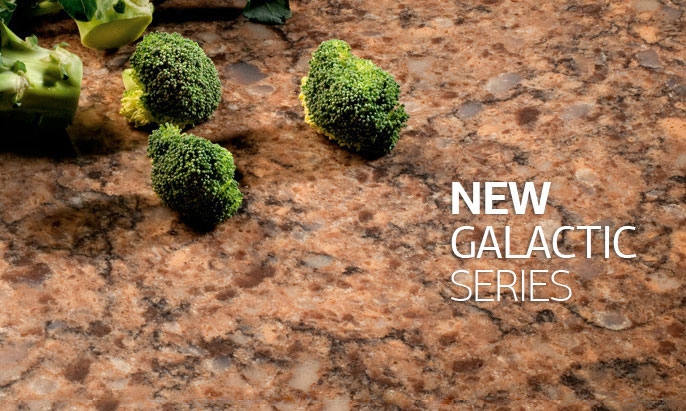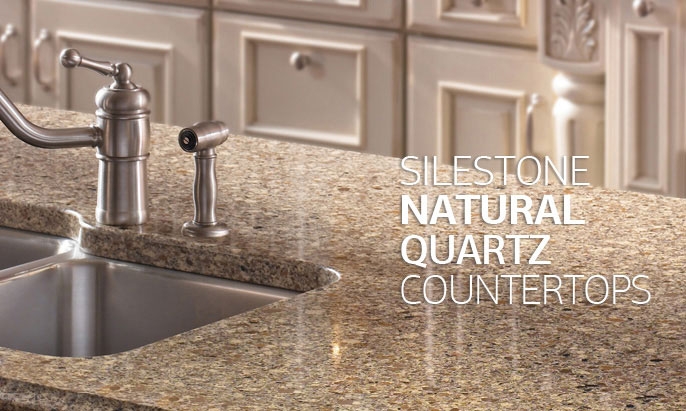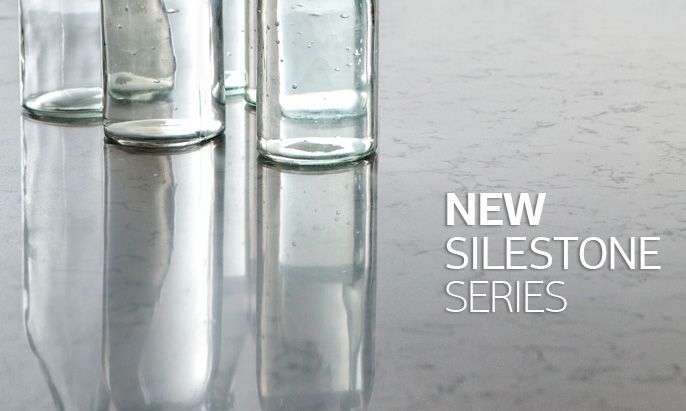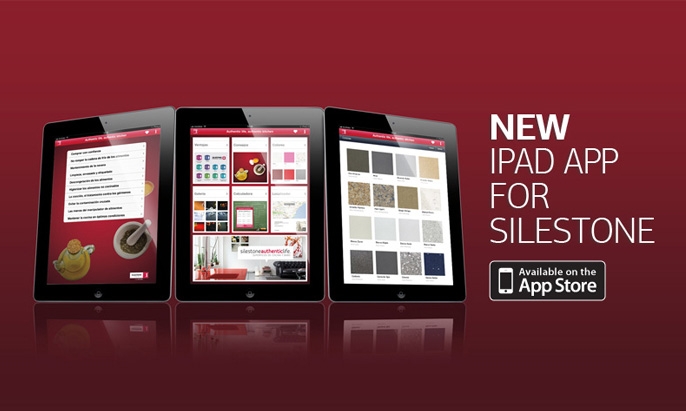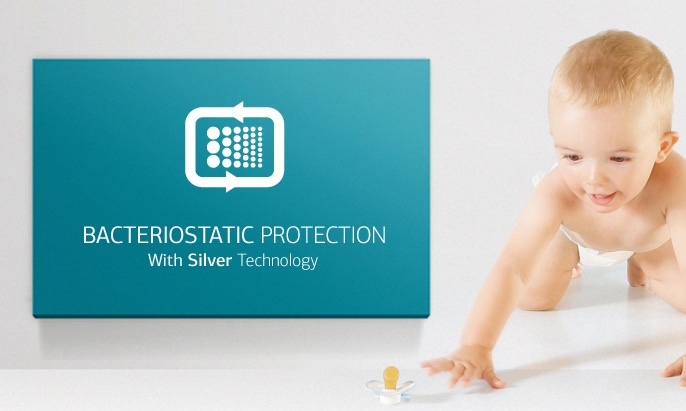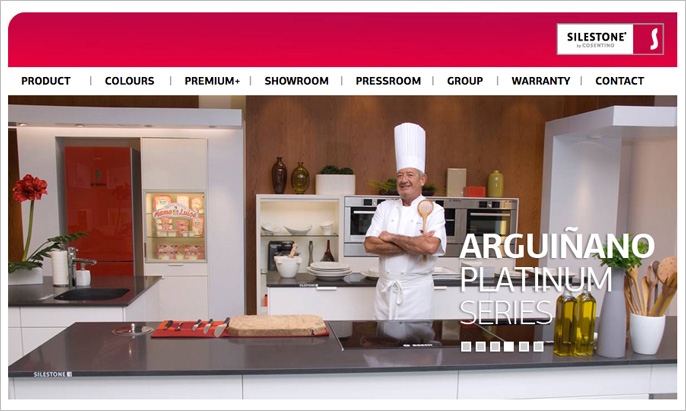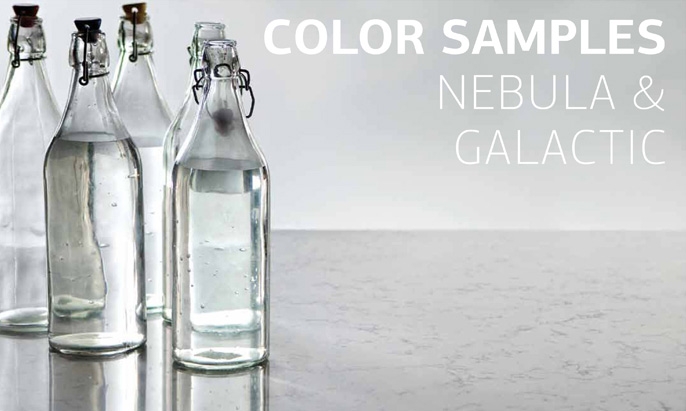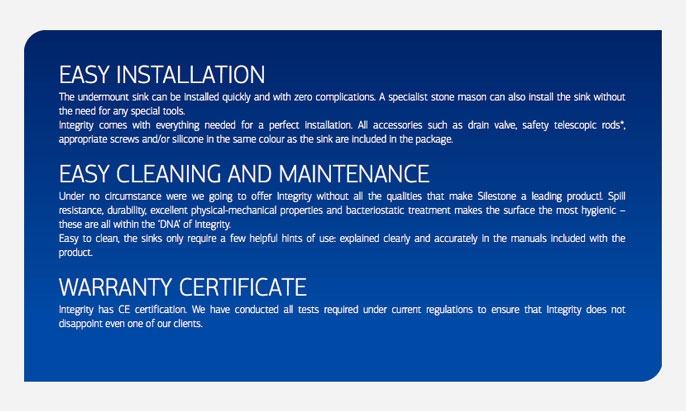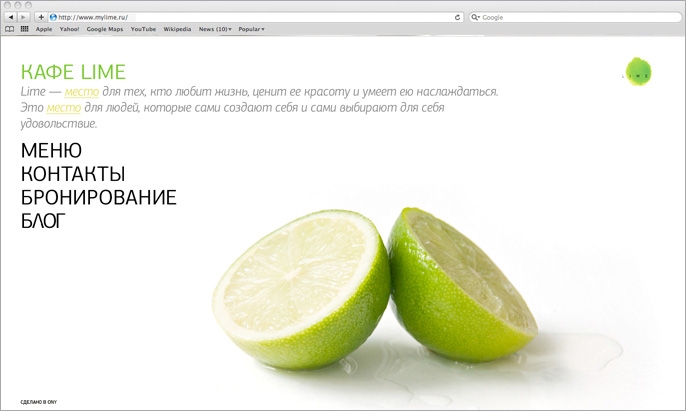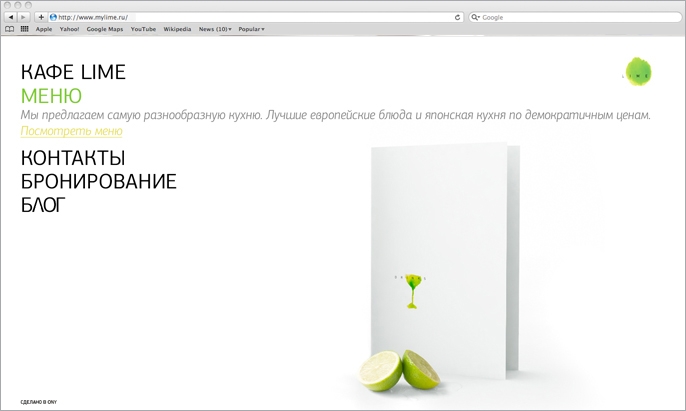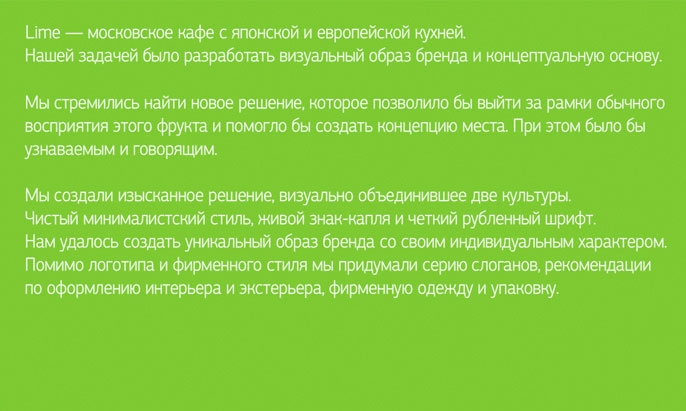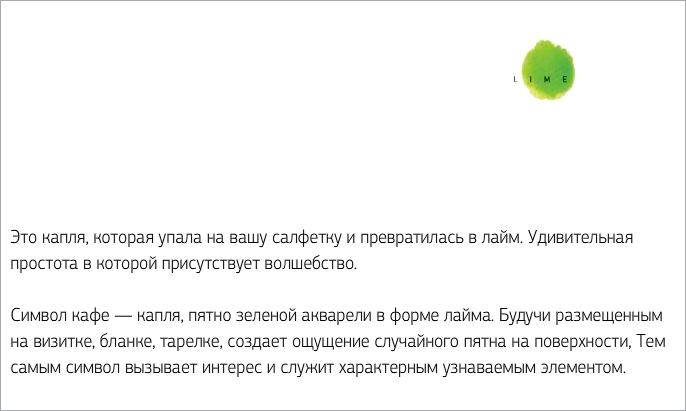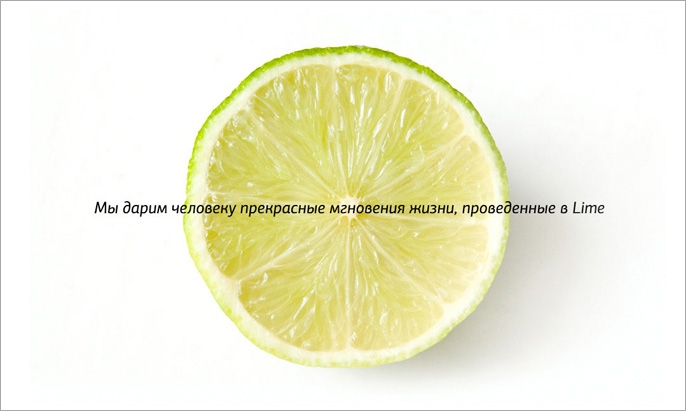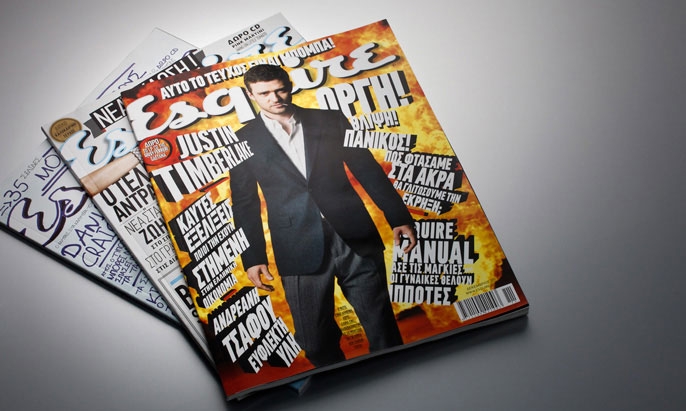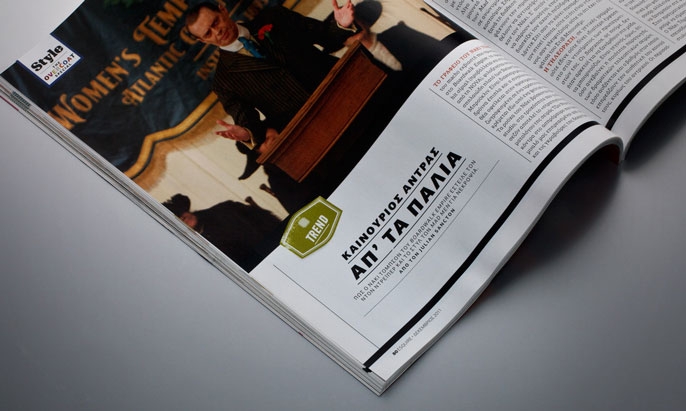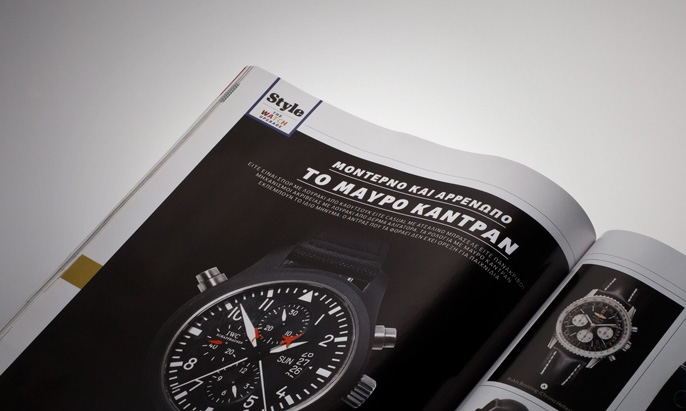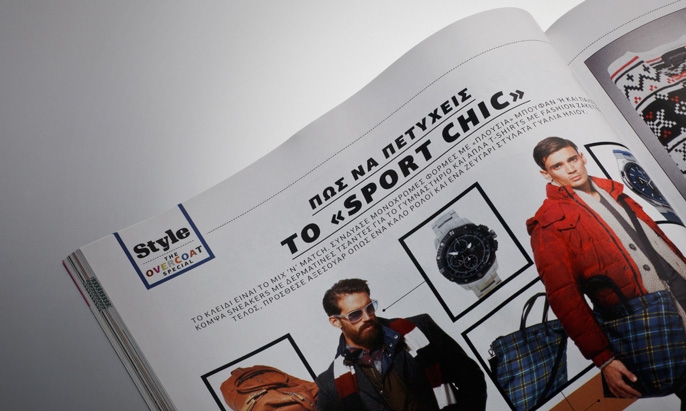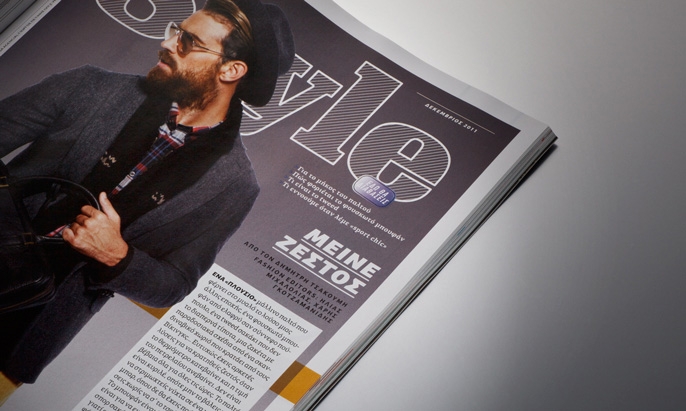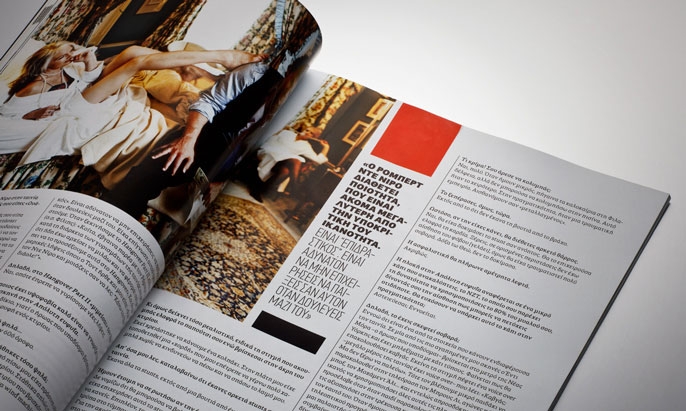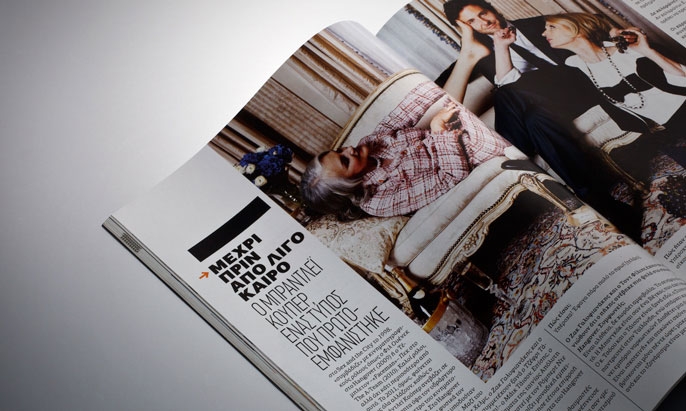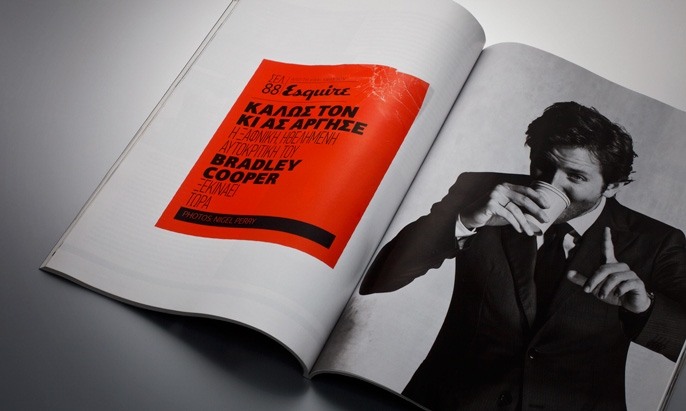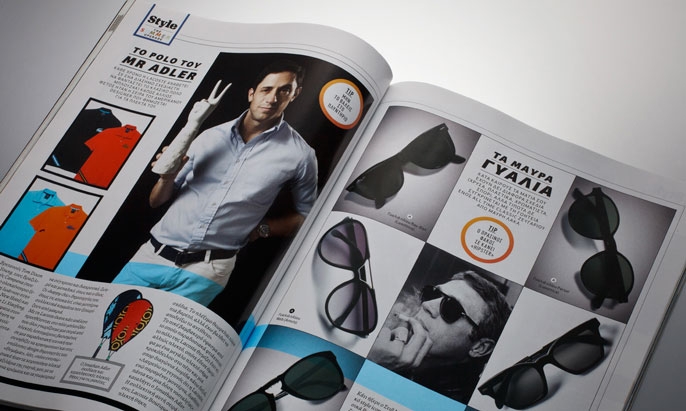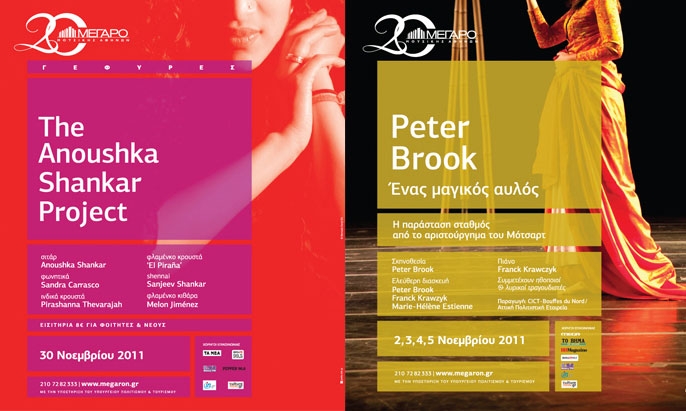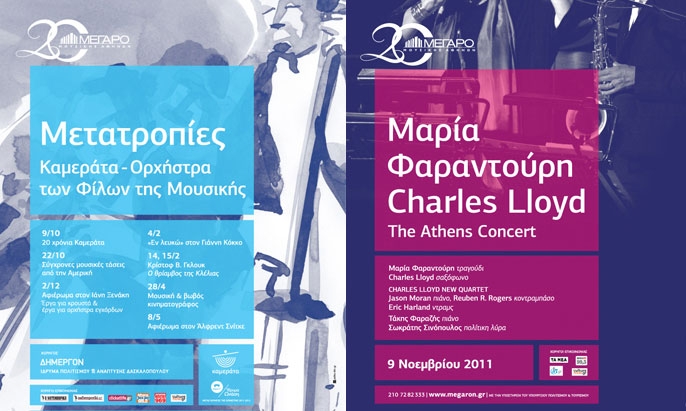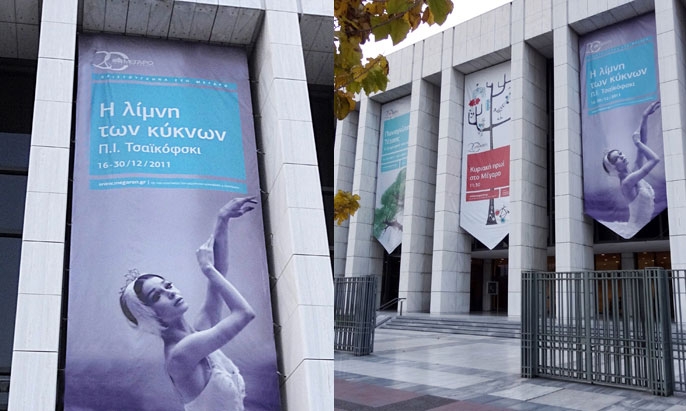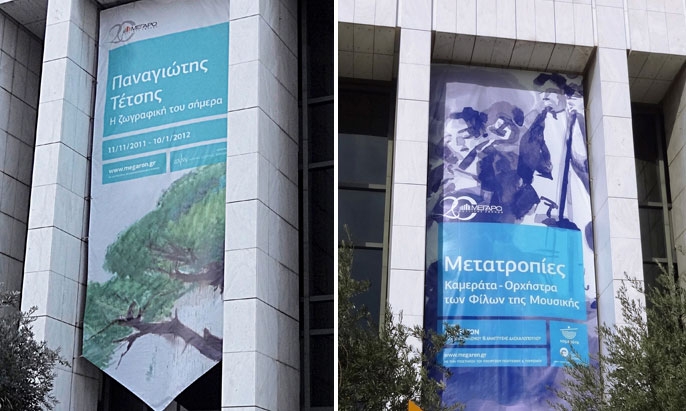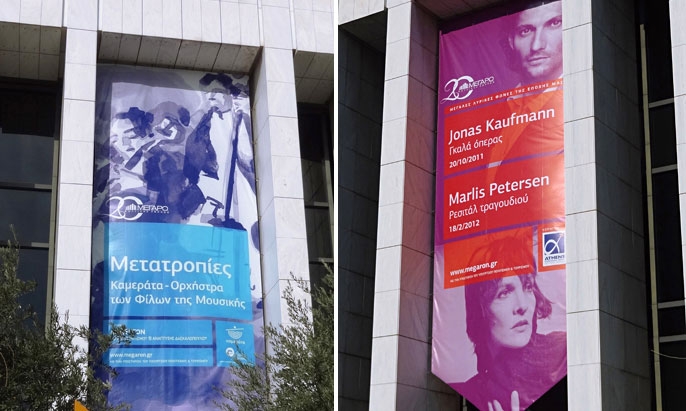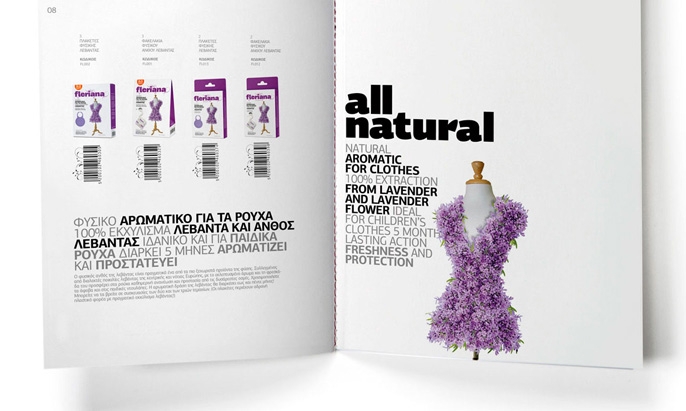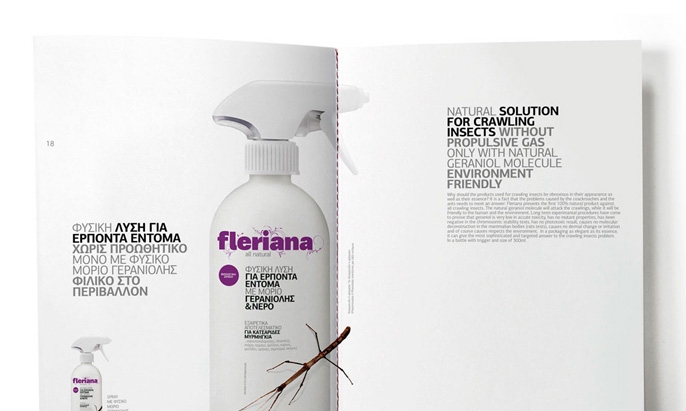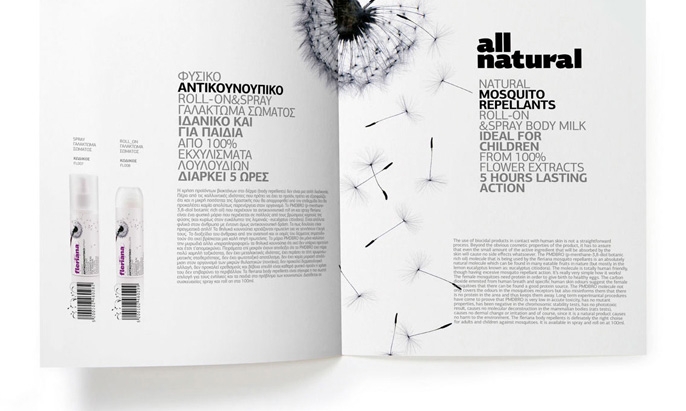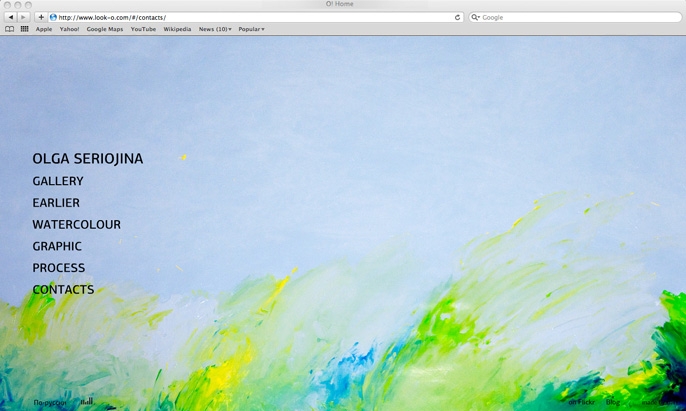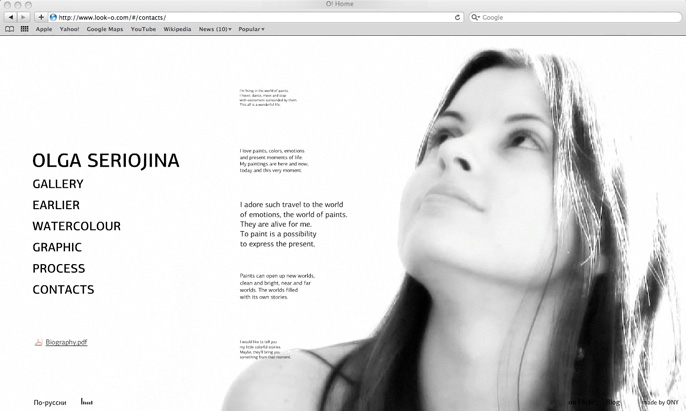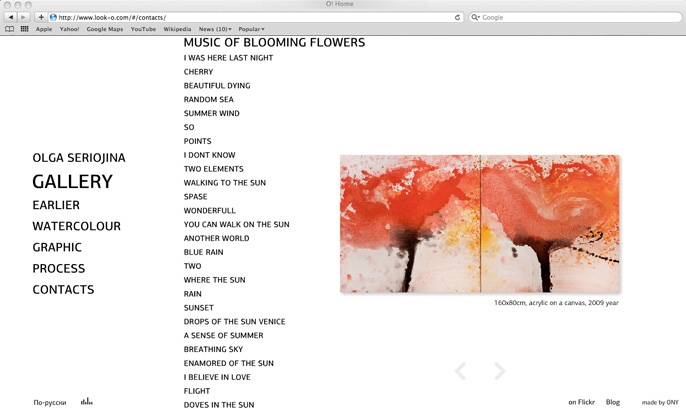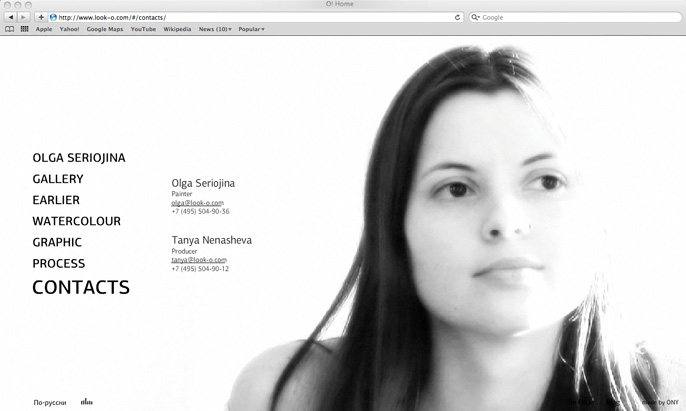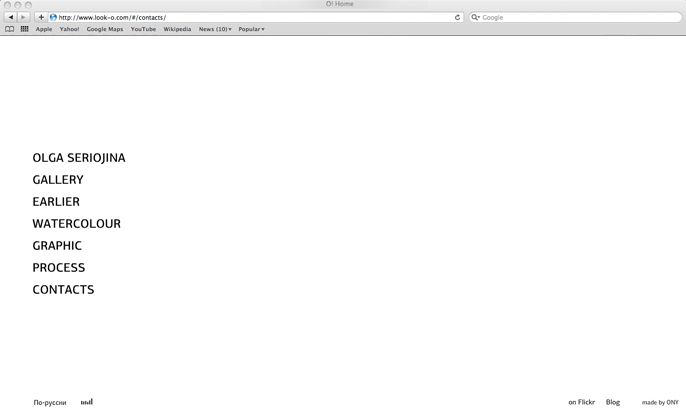




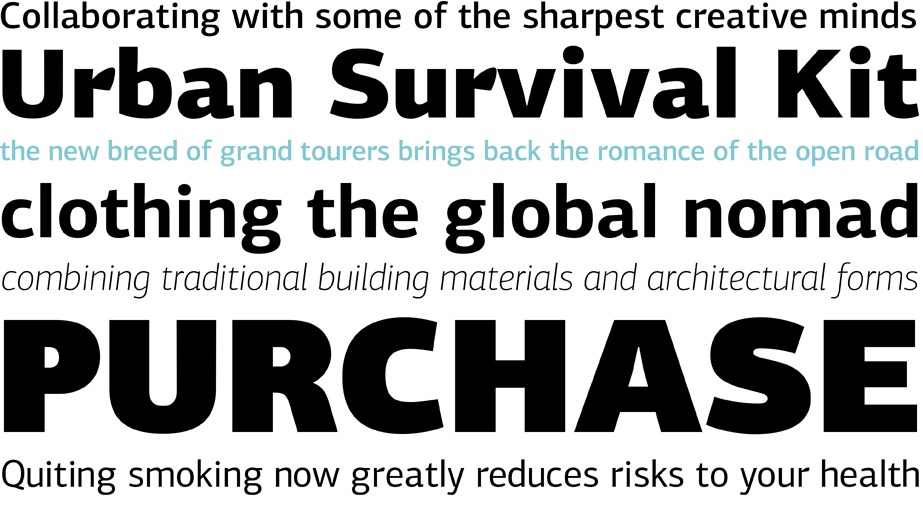


Specimen
Test Driver
Centro Sans Pro
Centro Sans Pro is an award-winning typeface. It is part of a major type system which includes serif and slab superfamilies. Centro Sans is an almost ‘invisible’ typeface with distinct personality which stands out at larger sizes. It does not attract any unnecessary attention at small sizes but it still gives you the essence of a very clean, expressive, legible and modern typeface appropriate for a wide range of design works.
€625.00 complete family
Copyright ©2007
Designer: Panos Vassiliou
Centro Sans Pro is an award-winning typeface. It is part of a major type system which includes serif and slab superfamilies. Centro Sans is an almost ‘invisible’ typeface with distinct personality which stands out at larger sizes. It does not attract any unnecessary attention at small sizes but it still gives you the essence of a very clean, expressive, legible and modern typeface appropriate for a wide range of design works. This is a rare case of a contemporary type family working across three alphabets. Centro Sans has become very popular among print and digital media and is an ideal choice for newspapers, magazines and corporate applications. Its qualities have been recognized by several international companies which use Centro Sans for their corporate media such as Bank of America, Mumbai International Airport and Financial Times Deutschland. It received a Gold Award from the European Design Awards 2008 and an Excellence Award from the International Type Design Competition 2009 as part of the Centro Pro type system. This large superfamily consists of 16 fonts each with 1578 glyphs, it includes true italics and supports Latin, Greek and Cyrillic. Furthermore every font in this series has been completed with 270 copyright-free symbols, some of which have been proposed by several international organizations for packaging, public areas, environment, transportation, computers, fabric care and urban life.
The new version 2 offers enhanced character support including among others the German capital sharp S (Eszett), the Russian Ruble symbol and the Ukrainian Hryvnia symbol, which are part of the new Unicode standard.
Fractions : Figures separated by slash, are replaced with diagonal fractions.
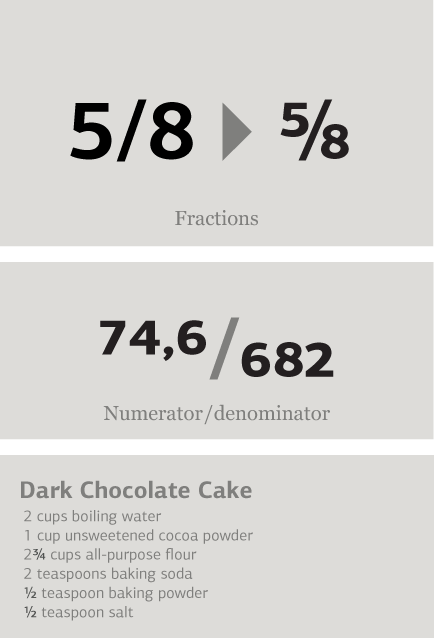
Ligatures: Replaces a sequence of glyphs with a single glyph, creating a professional-looking text with no peculiar collisions among letters. This feature covers the standard f-ligatures, as well as few other ones used in normal conditions.
Discretional ligatures: Replaces a sequence of glyphs with a single glyph. It differs from the previous feature in the fact that it activates special (non-standard) ligatures for Latin and Greek.
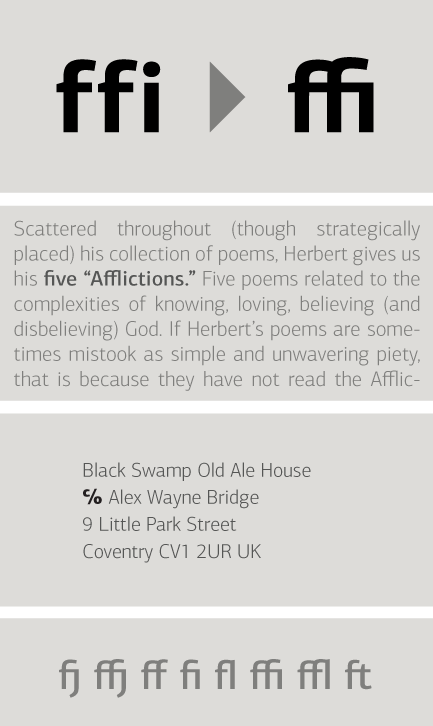
Oldstyle figures : Changes selected figures from the default lining to oldstyle i.e. numbers of
varying height. These are appropriate for use with lowercase text. They come in two different styles:
tabular and proportional. Tabular figures have equal widths (useful for tables, so that numbers line
up from one line to the next) whereas proportional have varying widths and are basically used within a sentence.
Lining figures : This feature changes selected figures from oldstyle to the default lining form. Lining figures are numbers which fit better with all-capital text and they are of the same height as capitals or a bit smaller. They also come in two different styles: tabular and proportional.
Proportional figures : Replaces selected figure glyphs which are set on tabular widths (lining or oldstyle), with corresponding glyphs set on proportional widths (lining or oldstyle).
Tabular figures : Replaces selected figure glyphs which are set on proportional widths (lining or oldstyle), with corresponding glyphs set on tabular widths (lining or oldstyle).
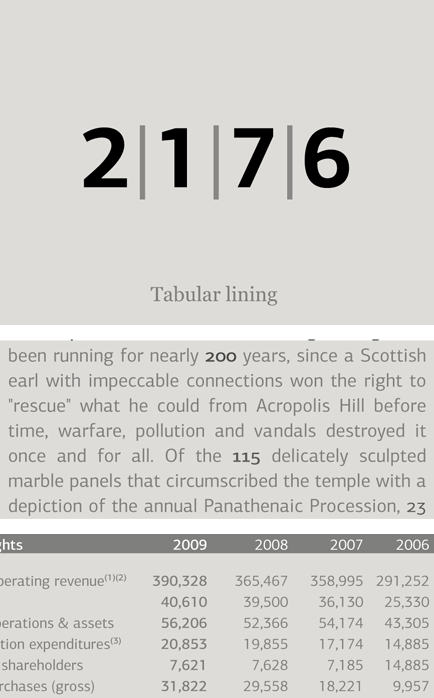
Ordinals : Contextually replaces default alphabetic glyphs which follow numbers with superscripted glyphs and the sequence ‘No’ with the numero character (No). This feature includes Latin as well as Greek lowercase and capital ordinals.

Small Caps: This feature formats lowercase text as small caps. These are not computer generated scaled-down versions of capitals, but rather glyphs which have been designed to match the weight and proportions of the rest of the family characters. They are often used in combination with oldstyle figures, for acronyms and abbreviations and stylistically at the beginning of a paragraph (this feature includes Latin, Greek and Cyrillic small caps).
Small Caps from Capitals: Replaces capital glyphs with small caps (this feature includes Latin, Greek and Cyrillic small caps).
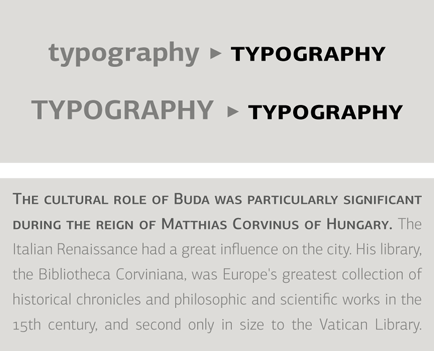
Stylistic Alternates : Replaces non-standard glyphs with alternate forms purely for aesthetic reasons.
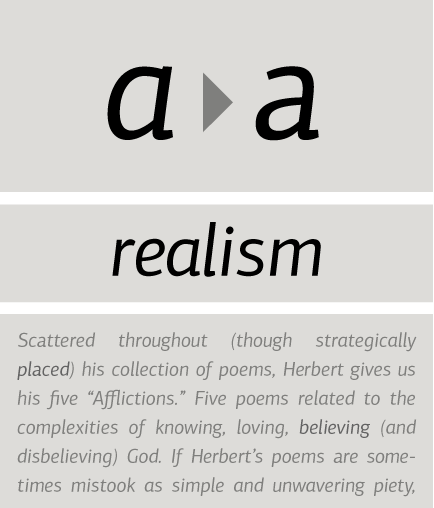
Superiors : Replaces lining and oldstyle figures with superior figures and lowercase letters with
superior letters. These superior glyphs are not computer generated scaled-down versions but are rather
redesigned to match the weight of the regular glyphs. Superior figures are used mainly for footnotes
and superior letters for abbreviated titles (this feature includes Latin as well as Greek superior
lowercase and capital letters).
Scientific inferiors : Replaces lining and oldstyle figures with inferior figures. They have been
designed to match the weight of the regular glyphs and sit lower than the standard baseline. Used
primarily for mathematical and chemical notations.
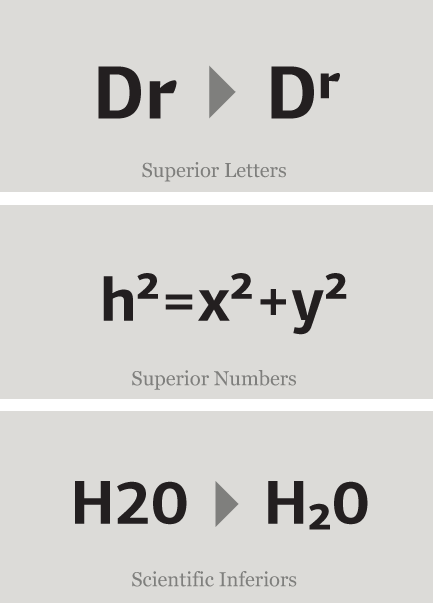
Ornaments/Various Symbols : This feature may replace the bullet or other characters with any of the available ornaments/symbols. All of them are best accessed from the program’s ‘Glyphs Palette’ when available. There is a total of 270 ornaments/symbols included for packaging, public areas, environment, transportation, computers, fabric care, urban life.
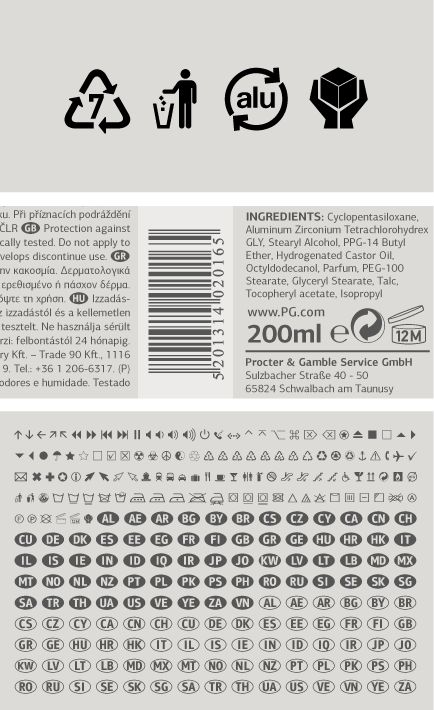
Nedernalds Dance Theater - Megaro Mousikis Athinon
Client : Megaro Mousikis Athinon
Project : TV Spot
SCRIPTS
1250 Eastern European , 1258 Vietnamese , 1251 Cyrillic , 1252 Latin 1 , 1253 Greek , Greek Extended , 1254 Turkish , 1257 BalticSUPPORTED LANGUAGES
Albanian, Bosnian (Latin), Croatian, Czech, Hungarian, Polish, Romanian, Slovak, Slovenian, Sorbian, Vietnamese, Azeri (Cyrillic), Belarusian, Bosnian (Cyrillic), Bulgarian, Kyrgyz, Macedonian (FYROM), Moldovian, Mongolian, Russian, Serbian, Tatar, Ukrainian, Uzbek (Cyrillic), Afrikaans, Alsatian, Basque, Bislama, Breton, Catalan, Chamorro, Danish, Dutch, English, Faroese, Finnish, Flemish, Franco-Provencal, French, Frisian, Friulian, Galician, German, Greenlandic, Icelandic, Indonesian, Irish, Italian, Ladin, Latin, Luxembourgish, Malay, ManxGaelic, Norwegian (Bokmål), Norwegian (Nynorsk), Occitan, Portuguese, Rhaeto-Romance, Romansh, Sami (Inari), Sami (Lule), Sami (Skolt), Sami (Southern), ScottishGaelic, Spanish, Swahili, Swedish, Tagalog, Walloon, Welsh, Greek, GreekPolytonic, Azeri (Latin), Kurdish (Latin), Turkish, Uzbek (Latin), Estonian, Latvian, LithuanianNAME
PF Centro Sans ProFORMAT
OpenType PSPACKAGE
Family of 16 fonts (also available as separate weights)GLYPHS
1519 glyphs /font
incl. 270 special symbols
PRO FEATURES
Access All Alternates, Small Capitals From Capitals, Case-Sensitive Forms, Capital Spacing, Discretionary Ligatures, Denominators, Fractions, Standard Ligatures, Lining Figures, Numerators, Oldstyle Figures, Ordinals, Ornaments, Proportional Figures, Scientific Inferiors, Small Capitals, Stylistic Set 2, Superscript, Tabular Figures, Slashed Zero
PRICE
family: €625.00
single weight: €65.00
